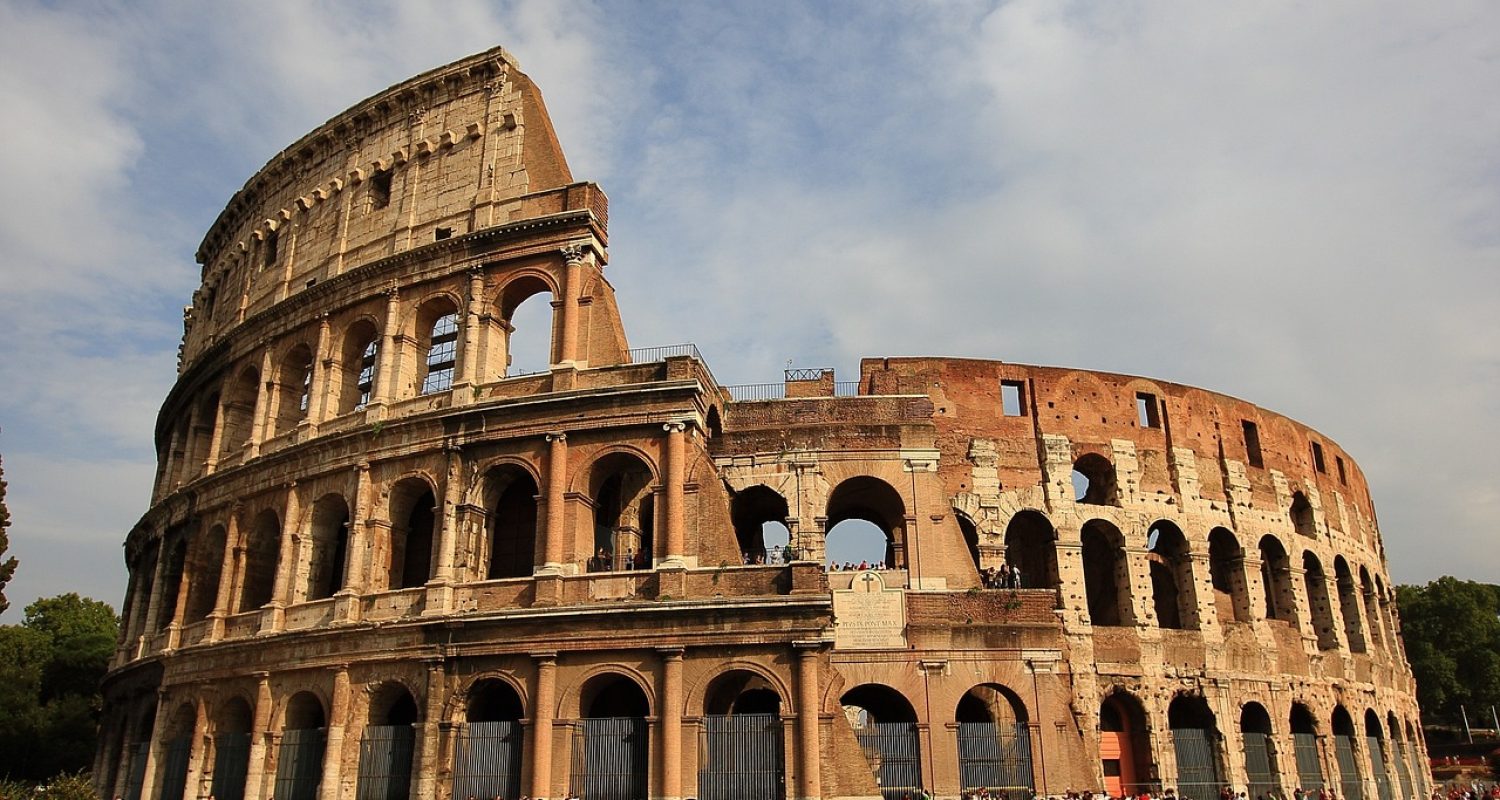Colosseum, Rome Travel Guide

TABLE OF CONTENTS
- Introduction about Colosseum
- Colosseum, Location
- How to Reach Colosseum
- Opening hours
- Activities you can do in Colosseum
Discover the perfect stay around the Location wtih Booking.com
Colosseum, located in the heart of Rome, Italy, is one of the most famous and iconic landmarks in the world. This ancient amphitheater, completed in AD 80, stands as a remarkable testament to the architectural ingenuity and cultural significance of the Roman Empire. Once the venue for gladiatorial contests, public spectacles, and various forms of entertainment, the Colosseum remains a symbol of Rome’s enduring legacy and historical importance.
Useful information about Colosseum:
Location:
The Colosseum is situated in the Centro Storico (historic center) of Rome, near the Roman Forum and Palatine Hill. It is easily accessible by public transportation and is surrounded by other significant historical sites, making it a focal point for visitors exploring the rich history of the city.
How to reach Colosseum:
Reaching the Colosseum is convenient due to its central location. Visitors can take the Rome Metro (Line B) to the Colosseo station, which is just a short walk away. Taxis and rideshare services are also readily available, and many tourists choose to explore on foot, as the historic center is pedestrian-friendly.
Opening Hours:
The Colosseum is open to visitors daily, with opening hours varying depending on the season. Typically, it operates from 9:00 AM to 7:00 PM from March to October and from 9:00 AM to 5:00 PM from November to February. It’s advisable to book tickets in advance to avoid long queues, especially during peak tourist seasons.
What to bring:
When visiting the Colosseum, it’s important to wear comfortable clothing and shoes, as you will be walking on uneven surfaces and climbing stairs. A hat, sunglasses, and sunscreen are recommended for protection against the sun, especially during the summer months. Don’t forget to bring a bottle of water to stay hydrated, and a camera to capture the stunning architecture and surroundings.
Best time to visit Colosseum:
The best time to visit the Colosseum is during the shoulder seasons of spring (April to June) and fall (September to October) when the weather is mild and the crowds are thinner. Early morning or late afternoon visits provide a quieter experience and beautiful lighting for photography, particularly the golden hour just before sunset.
Activities you can do in Colosseum:
The Colosseum offers a variety of activities for visitors to immerse themselves in the grandeur of this ancient structure:
Guided Tours: Join a guided tour to learn about the Colosseum’s history, architecture, and the events that took place within its walls. Expert guides provide fascinating insights and anecdotes that bring the site to life.
Explore the Arena Floor: Some tours offer access to the arena floor, where gladiators once fought, allowing visitors to stand in the very place where history was made.
Visit the Underground Chambers: Explore the hypogeum, the underground area where gladiators and animals were held before contests, gaining a deeper understanding of the Colosseum’s operations.
Roman Forum and Palatine Hill: Purchase a combined ticket to visit the adjacent Roman Forum and Palatine Hill, two important archaeological sites that provide additional context to the Colosseum’s significance.
Evening Tours: Consider an evening tour that offers a different perspective on the Colosseum, illuminated against the night sky, creating a magical atmosphere.
The Colosseum is not just an architectural marvel; it is a powerful symbol of Rome’s rich history and cultural heritage. A visit to this ancient amphitheater offers an unforgettable experience, allowing guests to connect with the past and the grandeur of one of history’s greatest civilizations. Whether walking through its arches, standing on the arena floor, or taking in the surrounding sights, the Colosseum is a must-visit destination for anyone with a passion for history, architecture, and culture.
